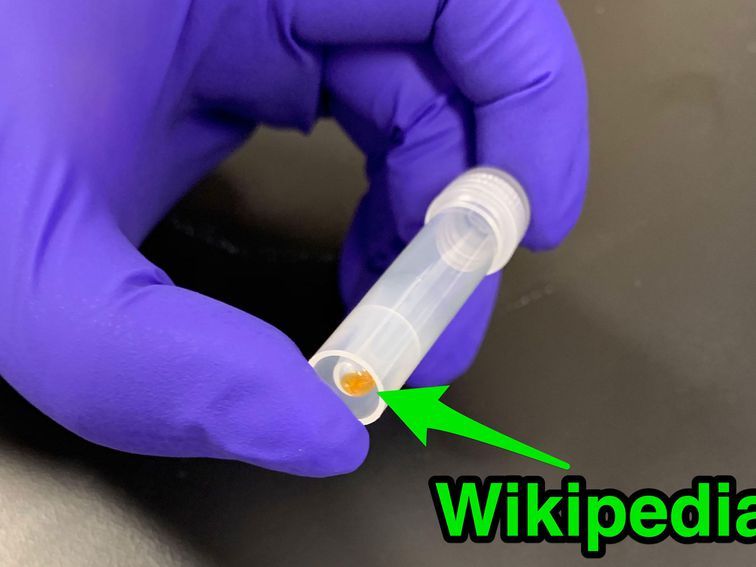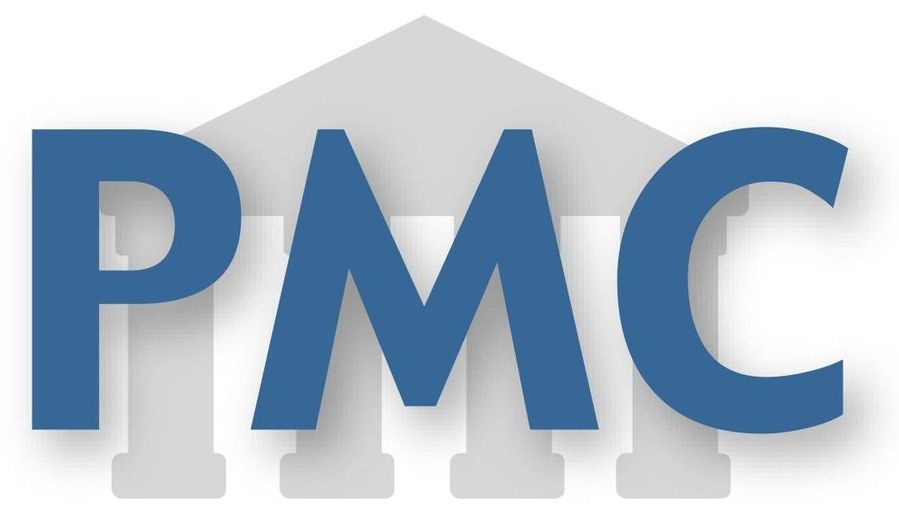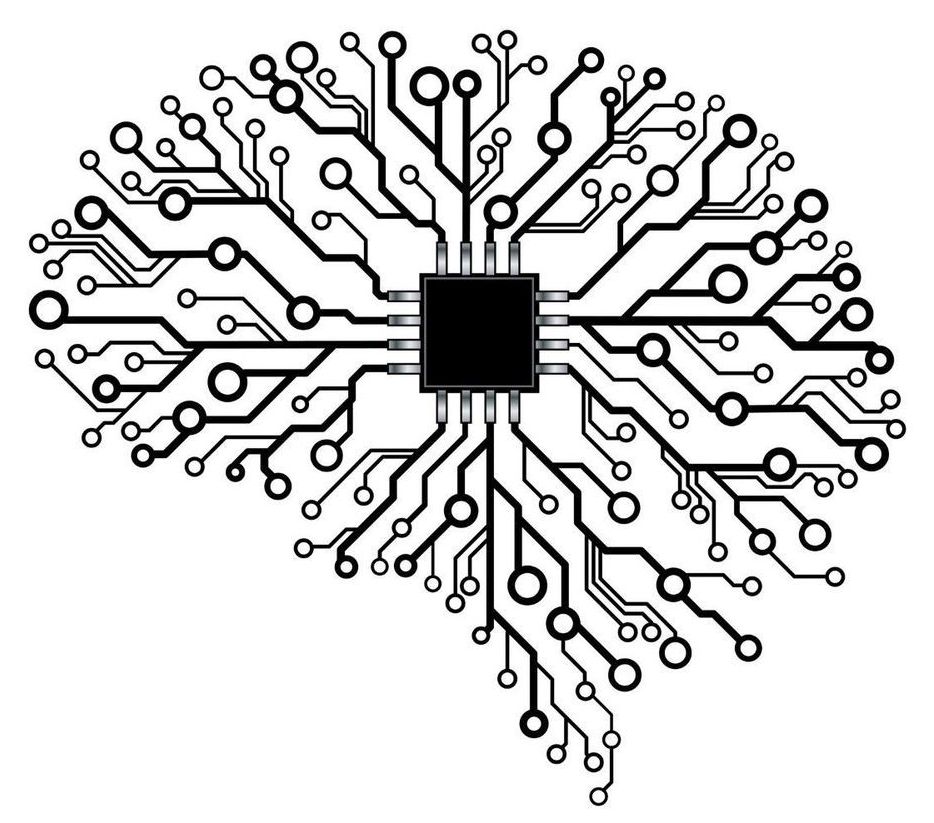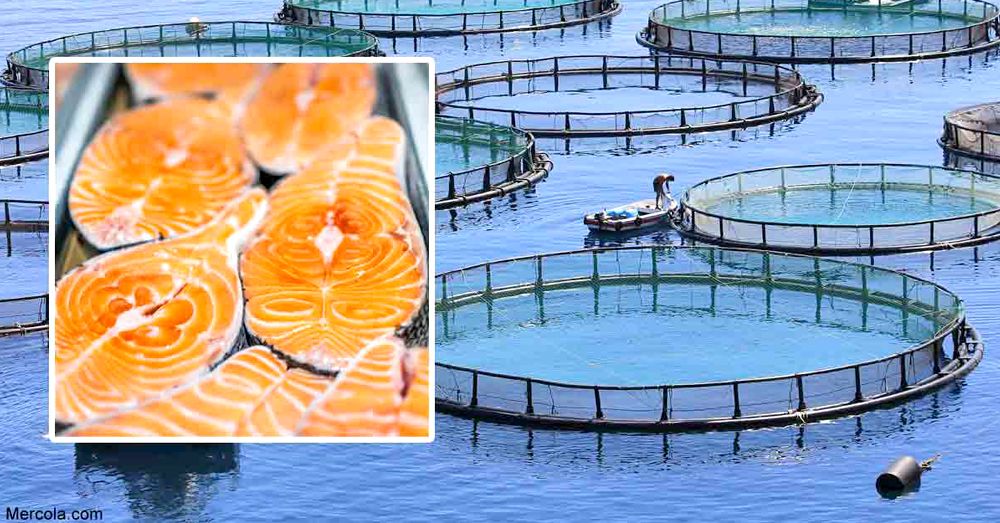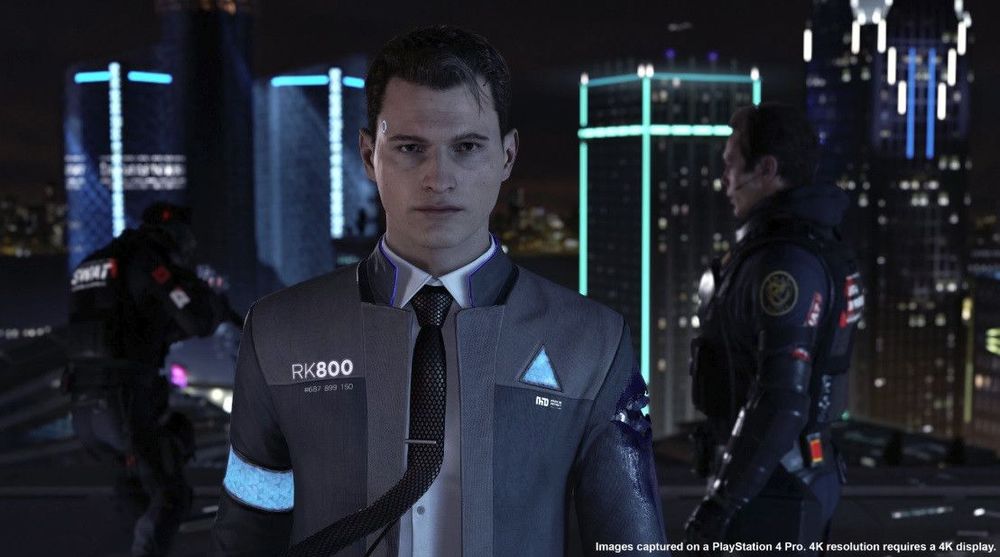Page 8643
Jun 29, 2019
Startup Catalog has jammed all 16GB of Wikipedia’s text onto DNA strands
Posted by Klaus Baldauf in categories: biotech/medical, computing
Biological molecules will last a lot longer than the latest computer storage technology, Catalog believes.
Jun 29, 2019
How quantum brain biology can rescue conscious free will
Posted by Richard Christophr Saragoza in categories: biological, computing, information science, neuroscience, quantum physics
Conscious “free will” is problematic because brain mechanisms causing consciousness are unknown, measurable brain activity correlating with conscious perception apparently occurs too late for real-time conscious response, consciousness thus being considered “epiphenomenal illusion,” and determinism, i.e., our actions and the world around us seem algorithmic and inevitable. The Penrose–Hameroff theory of “orchestrated objective reduction (Orch OR)” identifies discrete conscious moments with quantum computations in microtubules inside brain neurons, e.g., 40/s in concert with gamma synchrony EEG. Microtubules organize neuronal interiors and regulate synapses. In Orch OR, microtubule quantum computations occur in integration phases in dendrites and cell bodies of integrate-and-fire brain neurons connected and synchronized by gap junctions, allowing entanglement of microtubules among many neurons. Quantum computations in entangled microtubules terminate by Penrose “objective reduction (OR),” a proposal for quantum state reduction and conscious moments linked to fundamental spacetime geometry. Each OR reduction selects microtubule states which can trigger axonal firings, and control behavior. The quantum computations are “orchestrated” by synaptic inputs and memory (thus “Orch OR”). If correct, Orch OR can account for conscious causal agency, resolving problem 1. Regarding problem 2, Orch OR can cause temporal non-locality, sending quantum information backward in classical time, enabling conscious control of behavior. Three lines of evidence for brain backward time effects are presented. Regarding problem 3, Penrose OR (and Orch OR) invokes non-computable influences from information embedded in spacetime geometry, potentially avoiding algorithmic determinism. In summary, Orch OR can account for real-time conscious causal agency, avoiding the need for consciousness to be seen as epiphenomenal illusion. Orch OR can rescue conscious free will.
Keywords: microtubules, free will, consciousness, Penrose-Hameroff Orch OR, volition, quantum computing, gap junctions, gamma synchrony.
We have the sense of conscious control of our voluntary behaviors, of free will, of our mental processes exerting causal actions in the physical world. But such control is difficult to scientifically explain for three reasons:
Jun 29, 2019
Royal Navy to develop autonomous AI mine-hunter
Posted by Dan Kummer in category: robotics/AI
One of the Navy’s first AI projects, the autonomous submersible, will be delivered by BAE Systems and Envitia

The Royal Navy’s Route Survey and Tasking Analysis (RSTA) project aims to deliver an automated capability for detecting and rendering harmless underwater mines in UK waters by 2022. Currently, a fleet of mine-hunter ships use sonar to detect anomalies on the seabed, but the AI-enabled submersibles to be developed by BAE Systems Applied Intelligence and British geospatial data company Envitia are expected to work in a fleet to scan objects, identify threats and make decisions about what action to take much faster.
Jun 29, 2019
Neuromorphic Hardware: Trying to Put Brain Into Chips
Posted by Paul Battista in categories: computing, neuroscience
Hi all.
Up until now, chip-makers have been piggybacking on the renowned Moore’s Law for delivering successive generations of chips that have more compute capabilities and are less power hungry. Now, these advancements are slowly coming to a halt. Researchers around the world are proposing alternative architectures to continue producing systems which are faster and more energy efficient. This article discusses those alternatives and reasons why one of them might have an edge over others in averting the chip design industry from getting stymied.
Moore’s law, or to put it differently — savior of chip-makers worldwide — was coined by Dr. Gordon Moore, the founder of Intel Corp, in 1965. The law states that the number of transistors on a chip would double every 2 years. But why the savior of chip-makers? This law was so powerful during the semiconductor boom that “people would auto-buy the next latest and greatest computer chip, with full confidence that it would be better than what they’ve got”, said former Intel engineer Robert P. Colwell. Back in the day writing a program with bad performance was not an issue as the programmer knew that Moore’s law would ultimately save him.
Continue reading “Neuromorphic Hardware: Trying to Put Brain Into Chips” »
Jun 29, 2019
Farmed Salmon = Most Toxic Food in the World
Posted by Fyodor Rouge in categories: biotech/medical, food, health, sustainability
Fish are an important part of the ecosystem and the human diet. Unfortunately, overfishing has depleted many fish stocks, and the proposed solution — fish farming — is creating far more problems than it solves. Not only are fish farms polluting the aquatic environment and spreading disease to wild fish, farmed fish are also an inferior food source, in part by providing fewer healthy nutrients; and in part by containing more toxins, which readily accumulate in fat.
Farmed Salmon = Most Toxic Food in the World
Salmon is perhaps the most prominent example of how fish farming has led us astray. Food testing reveals farmed salmon is one of the most toxic foods in the world, having more in common with junk food than health food. Studies highlighting the seriousness of the problem include:
Jun 29, 2019
The U.S. put nuclear waste under a dome on a Pacific island. Now it’s cracking open
Posted by Fyodor Rouge in categories: government, nuclear energy
The Marshallese government, however, does not have the money to shore up the structure, leaving it vulnerable to both rising tides and typhoons.
“It’s clear as day that the local government will neither have the expertise or funds to fix the problem if it needs a particular fix,” a Marshallese official told the Guardian.
Last week, Guterres sounded a similar theme in Fiji about the ongoing effects of the American testing on the small island nation.
Jun 29, 2019
Killer robots declared ‘existential human threat’
Posted by Tracy R. Atkins in category: robotics/AI
KILLER robots will be an “existential human threat” unless manufacturers are slapped with strict…
Jun 29, 2019
David Cage interview: Researching Detroit: Become Human’s back story of rogue AI
Posted by TJ Wass in category: robotics/AI
David Cage wrote a nearly 4,000-page script for Detroit: Become Human, which was steeped in research about artificial intelligence.

